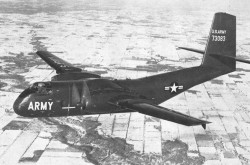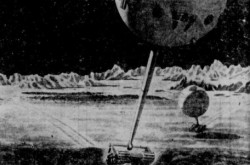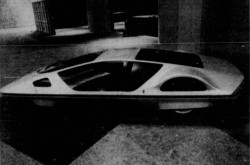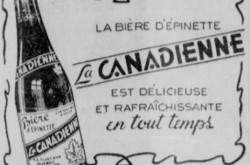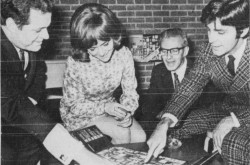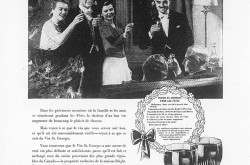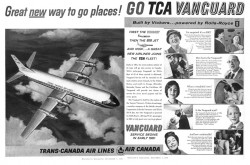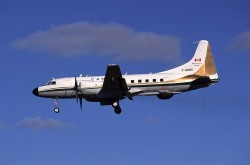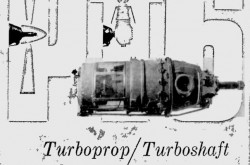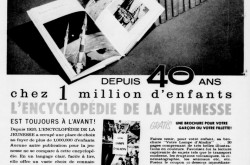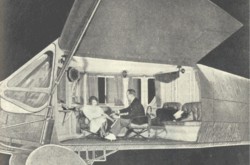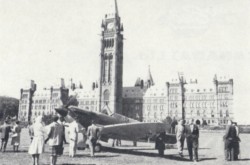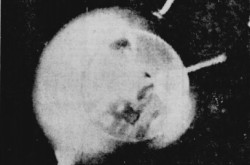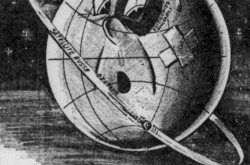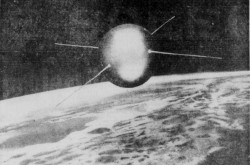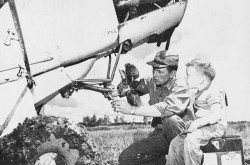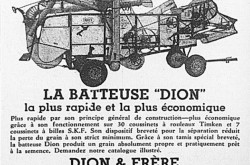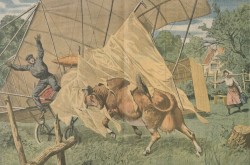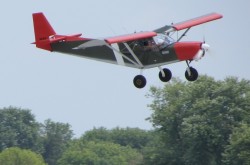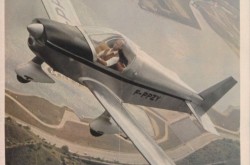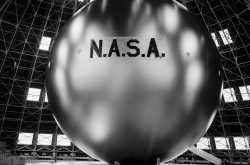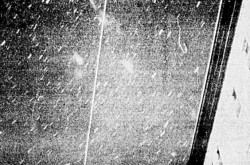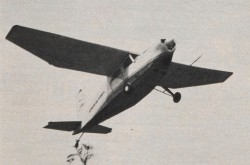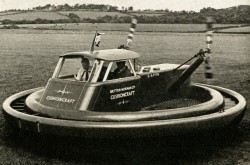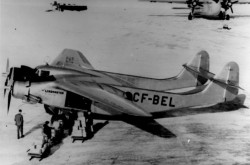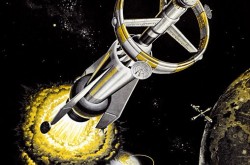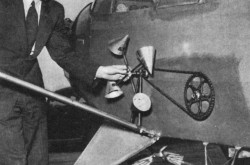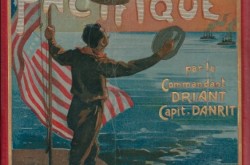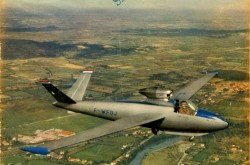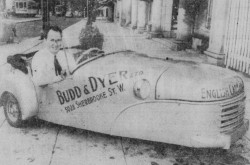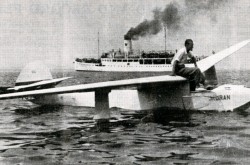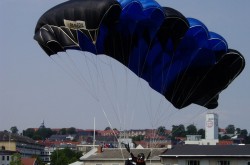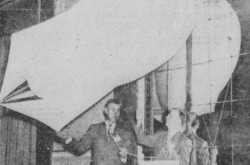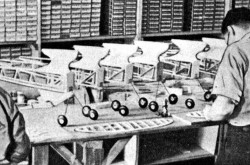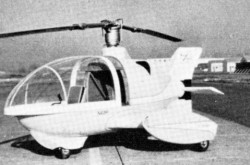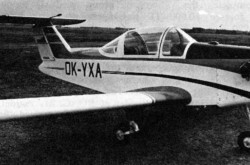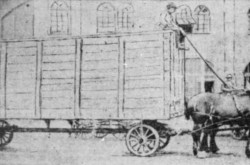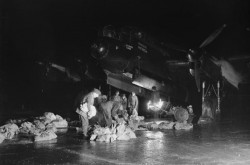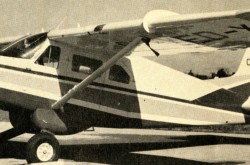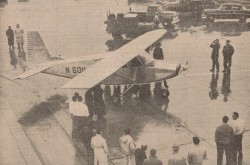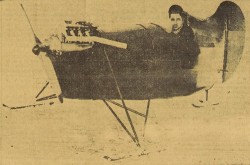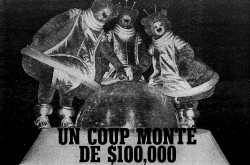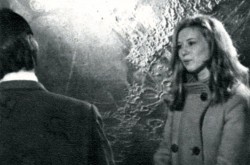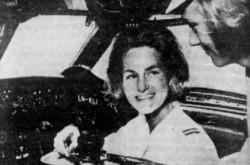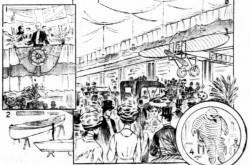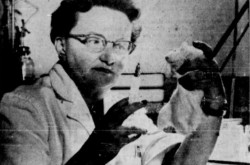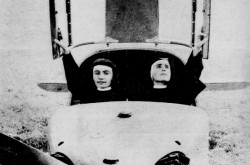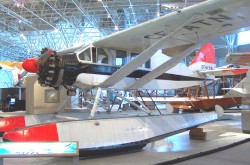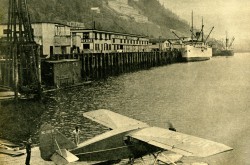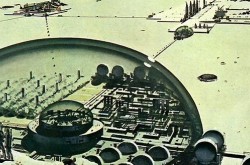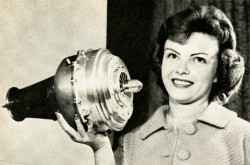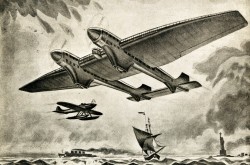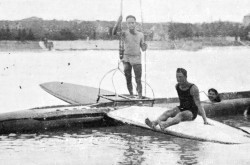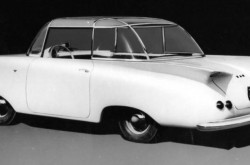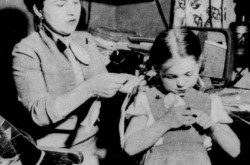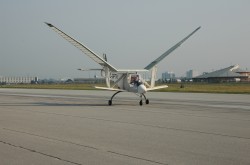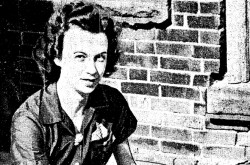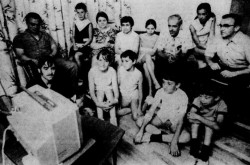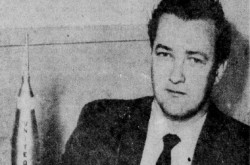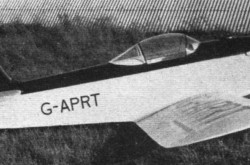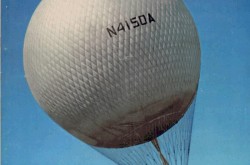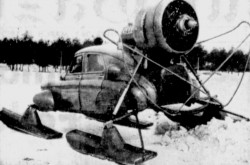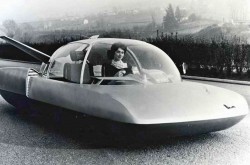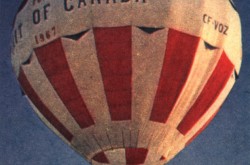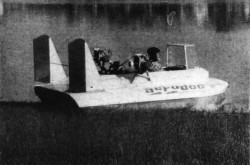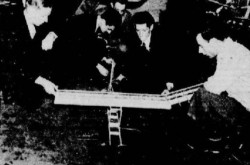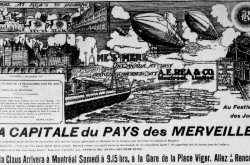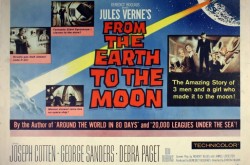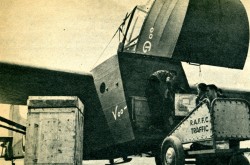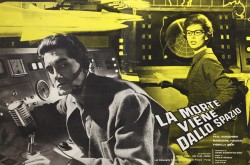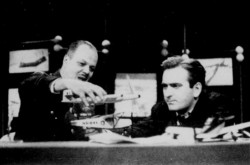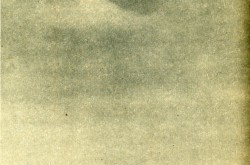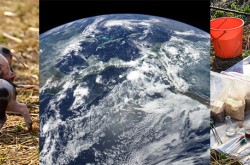Old Macdonald had a farm, Ee-I-Ee-I-O. And on that farm he had a Bell, Ee-I-Ee-I-O: A few more words on the early days of agricultural aviation in Canada

Hello, good day, my reading friend. What would you think of a brief excursion into the wonderful world of aviation and space? Surprise!
It will not be news to you, aviation enthusiast that you are, if I said (typed?) that it was in December... I can see in your face that you are puzzled by a sense of déjà vu. Are the first words of this issue of our blog / bulletin / thingee all but identical to those of another December 2020 issue, you ask? Yes, they are. The content will not, however, be the same. The topic of this week’s pontification will be a certain aspect of the history of one of the great helicopters of the 20th and 21st centuries, the Bell Model 47. The very first example of this whirlybird flew 75 years ago this month, in December 1945.
The Model 47 was the very first helicopter in the world to obtain a certification for commercial operation, in March 1946.
And yes, the jaw dropping collection of the Canada Aviation and Space Museum, in Ottawa, Ontario, includes a Model 47, more specifically an HTL, a military version once operated by the Royal Canadian Navy.
The first civilian helicopters operated in Canada, soon after the end of the Second World Wars, were, you guessed it, Model 47s. And here lies our tale.
Almost from the start, some people realised the whirlybird’s potential for agricultural work. If I may be permitted to channel my personal Yoda, a tale and here lies.
The story of one of the most interesting and wide-ranging aerial application firms in Europe began in the United Kingdom in 1939, and yes, the United Kingdom was / is / will be a European country, with the founding of Pest Control Limited. Its chairperson was Sir Guy Anstruther Knox Marshall, the distinguished founding director of the Imperial Bureau of Entomology, today’s Centre for Agriculture and Bioscience International. Pest Control began operations in 1940, in a disused garage. At first, its activities were limited to ground spraying of insects, by contract. By 1943, the firm had begun to produce its own insecticides and weed killers, not to mention its own ground spraying equipment.
Pest Control’s involvement in aerial application experiments began in 1941. Walter Eugene Ripper, an entomologist and Pest Control’s founder, was the brain behind this idea. His patent described how the downward flow of air created by the rotor of a helicopter would carry a chemical spray to the underside of a plant’s leaves, an area where a majority of insect pests liked to stay.
Ripper was / is an interesting gentleman. Born Walter Eugen Ripper in Austria-Hungary, in January 1906, he obtained a doctorate in entomology in 1930, at Universität Wien, in Wien, Austria. The following year, Ripper went to work for the United States Department of Agriculture, to develop biological means of controlling European pests that were causing problems in the United States. Interestingly, his first contact with the world of aerial application apparently came in 1937, when he saw one or more autogiros at work in Florida’s Everglades.
Ripper and Marshall became acquainted during the 1930s. These contacts explain why Ripper and his spouse settled in the United Kingdom in 1938, two of the many refugees who left Austria that year, when National Socialist Germany annexed that country – with little protest from the local population. She and he soon became British citizens / subjects. Although a strong believer in natural or biological pest control, Ripper spent much of his later career developing and / or working with pesticides.
One of his first successes had to do with an ingenious system of nicotine fumigation to control the strawberry aphid. Said treatment killed most of the voracious insects without harming ladybugs, which then disposed of the survivors – which is sort of scary and sad given the number of smokers on planet Earth.
Early in 1945, Pest Control borrowed one of the Royal Air Force’s Sikorsky Hoverfly helicopters, the first whirlybird operated by this service. The United Kingdom’s rotary wing aircraft pioneer, Cierva Autogiro Company Limited, converted this American-made machine for a series of crop-spraying trials held during the spring and / or summer. Oddly enough, instead of real plants, the trials apparently used artificial foliage coated with a compound which changed colour when brought into contact with the chemical spray. Pest Control’s experiment may have been the first aerial application trials conducted with a helicopter. The Hoverfly itself was the first agricultural helicopter on planet Earth.
The payload of the Hoverfly, the first helicopter in the world to be placed in series production if you must know, was so small that the chemicals initially had to be carried by a tractor or truck and pumped to the helicopter’s spray gear through a hose. Later in the trials, an onboard tank carried enough chemicals to conduct test runs lasting a few seconds. Even so, the trials went rather well. Ripper, by then managing director of Pest Control, had been proven right.
This being said (typed?), the limited performance of the Hoverfly meant that commercial operations would have to wait until a better helicopter came along. As well, suitable spraying equipment would have to be designed and developed, but back to our story.
The beginning of 1947 saw the birth of the first Canadian firm to test the agricultural potential of the helicopter. Airspray Limited of Toronto, Ontario, was a subsidiary of Photographic Survey Limited of Oshawa, Ontario, itself a member of a British concern, Hunting Aviation Management Limited. The new firm’s first mandate was to perform a number of trials and experiments prior to going into full commercial operation. As well as the control of fruit, vegetable and tobacco pests, Airspray wanted to study the usefulness of the helicopter in mosquito and forest pest control, forest patrol, power line inspection, etc. Once it had this new knowledge in stock, the firm hoped to go into business in 1948, with a fleet of at least 6 Model 47s.
Airspray’s personnel was to be well prepared for the task. Ernest “Toby” Hick, an entomologist turned managing director, went to the United States to learn the latest pest control methods with Central Aircraft Corporation, an experienced aerial application firm which was apparently Bell Aircraft Corporation’s representative in Oregon and Washington for the Model 47. The pilot, Alexander F. Soutar, an ex-Royal Canadian Air Force (RCAF) fighter pilot from Toronto, and an air engineer, William A. “Bill” Finlay, both of them Photographic Survey employees, went to a helicopter flying school operated by Bell Aircraft. Soutar indeed received one of the first commercial helicopter pilot licences in Canada.
Airspray’s entomologist, John H. Henderson, was a wintertime instructor at McGill University, in Montréal, Québec.
Photographic Survey’s first machine, a Model 47 agricultural helicopter, arrived in Canada in May 1947. Soutar was at the controls. This helicopter, the fifth production Model 47, was the first of its type to fly in Canada and quite likely the first Canadian-registered helicopter.
Photographic Survey conducted some dusting trials in Essex and Kent counties, in the extreme south of Ontario, near the border with the United States, in the spring and summer of 1947.
The firm’s first contract, however, was with the Ontario Department of Lands and Forests, which chartered the Model 47 in the late summer of 1947, for about 3 weeks, to estimate the effectiveness of the helicopter for forest protection.
On its first mission, in north-western Ontario, Soutar spotted a fire. The local forester evaluated the situation and radioed his findings to Fort William, now Thunder Bay. A floatplane soon took off with both fire fighters and equipment. The nearest tract of water the aircraft could land on being about 25 kilometres (15 miles) from the fire, the helicopter had to be used to transport the fire fighters the rest of the way. That took 3 hours and 6 trips. The fire was soon put out. For the very first time, a helicopter had been used in Canada to fight a forest fire. The Department of Lands and Forests was very pleased with the results of the contract.
Aerial application demonstrations began soon after, under the auspices of Airspray, in south-western Ontario. Fields of beans, corn, onions, peas, potatoes, tomatoes, as well as tobacco, were treated. It looks as if the fields were dusted rather sprayed. According to contemporary reports, some of these flights were witnessed by crowds of up to 10 000 people. Although sceptical at first, farmers, government officials and canning firms with factories in Canada, Libby, McNeill & Libby Canada Limited and H.J. Heinz Company of Canada Limited, subsidiaries of Libby, McNeill & Libby Corporation and H.J. Heinz Company for example, were quickly converted. The helicopter seemed the ideal solution to their pest problems.
To refill its hoppers, a helicopter simply had to land in the nearest clearing. Everything could be done with the engine running. Fruit orchards would cost more than fields of beans, corn, etc., because more flying time was needed to cover a certain area. Even though the operating costs of a helicopter were higher than those of an airplane, insurance rates were much lower. The reason for this was / is not well documented, but it may have been thought that helicopters were safer to operate at extra low altitudes. All in all, it seemed that the helicopter could be made to compete with the airplane.
Ag flying was but one of the activities considered by Photographic Survey, however. In mid-1948, the Geodetic Survey of Canada chartered its Model 47 to do some work along the Alaska Highway in northern British Columbia and southern Yukon. This was the first geodetic survey work completed by a helicopter in Canada. Even though the poor weather limited the effectiveness of the helicopter, the savings in time and money made possible by the new vehicle had been demonstrated.
In the spring of 1949, Photographic Survey conducted a series of power line patrol trials between Toronto and Ottawa – another Canadian first. The Hydro-Electric Power Commission of Ontario, today’s Ontario Power Generation Incorporated and Hydro One Limited, was so pleased by the results of this experiment that it apparently bought a Model 47 within weeks.
Still in 1949, Photographic Survey did some magnetic surveying in northern Ontario for a private firm mentioned in July 2017 issues of our blog / bulletin / thingee, Lundberg Explorations Limited of Toronto. This may have been a Canadian first as well.
Sadly, the Model 47 suffered from severe vibrations in 1950 and had to be shipped to the Bell Aircraft factory. It flew back to Ontario later in the year. By then, Airspray had already gone out of business, however. Yours truly does not know why this happened.
Airspray was by no means the only firm involved in aerial application by helicopter in Canada. Skyways Services Limited of Winnipeg, Manitoba, announced that it would start flying helicopters in mid-1947. In July, the first machines it purchased were a trio of Model 47s. The first pair travelled from the Bell Aircraft factory to Winnipeg by rail. The firm’s pilots would be the very first Canadians especially trained for crop dusting using helicopters. The 2 men, both of them ex-RCAF pilots from Winnipeg, James A. “Jimmy” Sampson and Paul S. Ostrander, received their instruction in the United States at the school operated by Bell Aircraft. One of the 4 Model 47s Ostrander trained on was the very first helicopter in the world to be issued a commercial registration.
It seems that, for its first year, Skyways Services wished to limit its agricultural operations to Manitoba. At a later date, the belief was that services would be offered to farmers in Saskatchewan, Alberta, and the northwest United States.
Well aware of the need for publicity, Skyways Services took part in a June 1947 demonstration near Glenlea, 25 kilometres (15 miles) south of Winnipeg. The Agricultural Bureau of the Winnipeg Board of Trade and the Manitoba Weeds Commission sponsored the event. It is said that more than 500 automobiles from all around the city lined the field. The following day, more than a thousand Winnipeggers were on hand, to watch the Model 47 land near the Manitoba Legislative Building. There they watched as a copy of Welcome Stranger, a brand new movie with megastar Harry Lillis “Bing” Crosby in the role of a doctor, was delivered for a premiere that night in honour of the convention of the Canadian Medical Association.
Ostrander and Sampson flew 2 of Skyways Services’ helicopters on a variety of jobs in Canada. In June 1947, for example, Ostrander was busy with a timber cruising contract in north-western Ontario. During a flight between Red Lake and Fort Francis, the engine of the float-equipped Model 47 started to overheat. Ostrander immediately landed at Red Lake Station to wire the firm’s main office in Winnipeg, and then decided to continue his journey. Soon after takeoff, the engine started to overheat again. Ostrander attempted a precautionary landing on a small, sunken lake nearby, but confused by the mirror effect of its water, he misjudged his landing. The right float hit the water and the helicopter turned over. Fortunately, both Ostrander and his passenger were uninjured. Salvaged and rebuilt at some later point by Spartan Air Services Limited, a highly successful aerial survey firm based in Ottawa mentioned in a November 2019 issue of our you know what, this Model 47 was later destroyed in an accident in Labrador, in August 1955.
Unfortunately, the Model 47 flown by Sampson also had a short career with Skyways Services. The end came in July 1947, while its pilot was dusting a farmer’s field. Sampson had just started a new strip. He was busy moving the helicopter sideways to force the chemical powder into the edge of the field when the tip of one of the main rotor’s blades struck a telephone pole. Thirty centimetres or so (12 or so inches) of the blade broke off and the helicopter immediately began to vibrate violently. Sampson lost control and crashed. Also salvaged and rebuilt some time later by Spartan Air Services, this Model 47 suffered the same fate as its stable mate. In other words, an accident cut short its new career.
Skyways Services’ third helicopter arrived in Winnipeg sometime after this accident.
It was presumably around that time that Skyways Services opened a base in British Columbia in the hope of finding some business. With no contract in sight, it readily accepted to lease the Model 47 for a few weeks to another recently formed helicopter operator, Okanagan Air Services Limited, mentioned below. At season’s end, the helicopter returned to Winnipeg, where it was severely damaged in an accident. Already plagued by serious financial worries, Skyways Services could not afford to have the helicopter rebuilt and soon went out of business.
Incidentally, while he worked for Aero Surveys Limited of Vancouver, the aforementioned Ostrander carried a couple of skiers up a mountain in late January 1948. The sport known as heliskiing or helicopter skiing may owe its origin to this brief journey, but I digress.
A third pioneer operator had more luck than Airspray or Skyways Services. Shortly after the end of the Second World War, a trio of ex-RCAF pilots, Carlyle Clare “Carl” Agar, Arnold “Barney” Bent and Andrew “Andy” Duncan, began a new civilian career operating the Southern Okanagan Flying Club in Penticton, British Columbia. Unfortunately, few people could afford to fly just for the fun of it. In addition, military-trained pilots were both plentiful and willing to work for little money. Business was very slow and, to survive, the small group had little choice but to diversify. It chose the air charter business.
With the Okanagan valley, the most important fruit growing area in British Columbia, producing apples, cherries, grapes, peaches, pears and plums, almost on their doorstep, Agar and his friends soon thought of aerial spraying as a way to improve their lot.
Unfortunately, a quick look at the operations of airplane-equipped aerial application firms in the United States, in the state of Washington in particular, revealed that casualties, if not outright fatalities, were all too frequent. As far as Agar and his friends were concerned, there had to be a better way of treating crops than flying small airplanes. Still, they seriously considered fitting one of the Southern Okanagan Flying Club’s Canadian-made war surplus de Havilland Tiger Moths training airplanes with the necessary gear.
And yes, the Tiger Moth was mentioned several times in our blog / bulletin / thingee since May 2018. Would you believe that the wunderbarian collection of the Canada Aviation and Space Museum includes a Tiger Moth – a Menasco Moth to be more precise? (Hello, EP!)
In 1946, while sitting in a coffee shop with a couple of flying club people, Agar came upon an article in an American magazine, possibly The Saturday Evening Post. The author described how the aforementioned Central Aircraft had decided to use a new type of flying machine, the helicopter, for experiments in the field of aerial application. This revolutionary vehicle was thought to be a very effective way to protect crops. It was highly manoeuvrable and could fly at very low speed. Furthermore, the strong downward flow of air from the rotor pushed the chemicals right into the foliage of the crops. Central Aircraft was very pleased with the results.
Agar thought the helicopter could be very useful in British Columbia’s mountainous regions. Besides, since none in the group knew the slightest thing about aerial spraying, or helicopters, it could just as well start with 2 unknowns as with one.
It so happened that the aforementioned Bent’s family had an interest in a metal fabrication firm, which was involved in the production of ground-spraying equipment used by the fruit growers in the Okanagan valley. The potential usefulness of the helicopter for this type of work intrigued him. Bent agreed to take part in a preliminary visit to evaluate the experimental operations being performed by Central Aircraft. In the end, the group that went down was made up of Agar, Bent, and Alfred “Alf” Stringer, the group’s maintenance engineer who had served in the RCAF during the Second World War.
The experience, which included a short ride aboard a Model 47, convinced the terrific trio that the helicopter was the solution to some of the problems of the Okanagan fruit growers. On their return, the trio did its best to stir their interest. The confidence on the part of the agricultural helicopter project’s sponsors was not immediately reflected in the local business community. Strangely enough, the group’s fortune took a definite turn for the better when the Air Transport Board, an organisation which fulfilled licensing and regulatory functions in Canada, turned down the application of a group of Penticton business people for a new airline that would have serviced the interior of British Columbia.
Agar and his friends immediately saw the potential of this situation. They contacted the investors’ leaders who, even though they were not overjoyed with the idea, finally decided to involve themselves with helicopters. One of them, Douglas Dewar, a well-known chartered accountant from New York City, New York, who had retired to Penticton, agreed to lead the firm. And so it was that the aforementioned Okanagan Air Services was incorporated, in April 1947.
Also in the spring of 1947, Stringer paid a visit to Central Aircraft to start a helicopter maintenance engineer’s course. Agar joined him some time after, to begin a helicopter pilot’s course.
Finding the money to buy a helicopter proved difficult but, that same year, the firm managed to acquire a Model 47, in all likelihood the first helicopter to operate in British Columbia. Agar flew it from Central Aircraft’s facility all the way to Penticton. The firm wanted to use this machine to spray orchards, starting in the Okanagan valley and later covering the entire fruit-growing region of British Columbia.
Operating a helicopter did not prove as simple as what might have been hoped, however. An operational flight, the first, took place over a test plot in an apricot orchard just outside Penticton, in August 1947. To everyone’s surprise, the powerful downward flow of air from the rotor bounced off the ground and picked up the insecticide powder. The helicopter practically vanished from sight. Liquid chemicals were used from then on.
This, however, did not put an end to the team’s many difficulties. As designed, the Model 47 had to be almost entirely dismantled every 25 flying hours, to be greased. Worse still, Stringer spent more time unclogging the nozzles of the spraying system than he did working on the helicopter.
On the other hand, James Marshall, an entomologist with a federal agricultural research station in the region, in all likelihood the Summerland Research Station, today’s Summerland Research and Development Centre, in Summerland, British Columbia, provided the Okanagan Air Services team with useful data. He knew, for example, that in their search for a way to control pests, many fruit growers in the Okanagan were using so much insecticides that they risked sterilising their land. Spraying from the air might require as little as 1 % of the quantities applied from ground based sprayers.
Better still, with everything working as it should, the team discovered that it could treat a piece of land a lot faster than any ground based sprayer.
Unfortunately, most Okanagan valley orchards were small and required different mixtures of chemicals. Thus, many helicopters would be needed to meet the demand of many fruit growers during the rather short season. Such a fleet would have required a large staff and plenty of tanker trucks for both fuel and chemicals. The end of each season would have brought more problems: what to do with all this equipment and staff for the rest of the year? It seemed that Okanagan Air Services could never make ends meet through aerial application alone.
The group’s despondency was compounded when, in late August or early September, Agar ran into some power lines and seriously damaging the helicopter. He himself was not hurt. A meeting with some of the firm’s backers was immediately organised. They asked Agar, Stringer and Bent whether or not the firm should carry on. The final say rested with Agar, the pilot and the one most at risk. He took little time to answer. The helicopter should be repaired. The firm would continue. With the remains of the Model 47 on the back of a truck, Stringer drove down to Central Aircraft’s facility. Reconstruction of the helicopter took most of the winter of 1947-48.
In the meantime, 2 or 3 weeks remained in the 1947 season. A Model 47, the third and last to be purchased by Skyways Services, you remember it, don’t you, my reading friend, was found in Vancouver. The people at Okanagan Air Services saw a chance to enlarge their fleet on the cheap. After some haggling, the insurance firm eventually agreed to sell the wrecked helicopter for next to nothing. The Model 47 was rebuilt as quickly as possible.
In 1948, Okanagan Air Services obtained a contract to fight mosquitoes in the Fraser River valley. It also sprayed insecticides on forests near the British Columbia / Alberta border. More importantly, the firm transported the members of topographic survey teams working for the provincial government in a mountain range in south-western British Columbia.
In the spring of 1951, Okanagan Air Services signed a contract with Kenting Aviation Limited, the operating arm of the aforementioned Photographic Survey, and acquired the Model 47 originally operated by the equally aforementioned Airspray. By the middle of the year, therefore, the Vancouver-based firm owned a total of 3 Model 47s. By then, however, it was no longer spraying. The helicopters of the time simply could not compete with a new and improved type of mobile, ground-based tree sprayer.
Indeed, one should note that an article on the future of the helicopter in Canada published in the March 1950 issue of the Canadian monthly magazine Aircraft and Airport did not even mention agricultural aviation.
In its new guise, however, Okanagan Air Services was already pioneering the use of helicopters in mountainous terrain. In 1949, for example, it had won a contract to transport the equipment, material and personnel needed to build a dam, today’s Cleveland Dam, across the Capilano River, near Vancouver. Okanagan Air Services would go on to take aerial photographs for topographical maps, survey power lines, etc.
Agar’s achievements were deemed so significant that, in 1950, he was awarded the Trans-Canada Trophy, also known as the McKee Trophy, awarded for outstanding achievement in the field of aviation in Canada.
In 1952, Okanagan Air Services became Okanagan Helicopters Limited, a firm mentioned in October 2017, October 2018 and April 2019 issues of our you know what.
Disagreements concerning firm policy led to the departure of Agar and Stringer, by then a director and the vice-president for engineering respectively, in February 1963. Agar, who was known throughout the Canadian aviation industry as “Mr. Helicopter,” died in January 1968, at the age of 66.
The firm he had helped to create prospered, however. Even before the end of the 1950s, Okanagan Helicopters was the largest commercial helicopter operator in the world, with 45 or so machines in its fleet. By 1968, it had close to 70.
In 1987, a group headed by Craig Lawrence Dobbin purchased Okanagan Helicopters as well another firm, Toronto Helicopters Limited, and merged them with a helicopter firm the Newfoundland businessman already owned. Thus was born CHC Helicopter Corporation of Vancouver, the world’s premier provider of helicopter support for the offshore oil and gas industry with operations in 30 or so countries around the globe.
Forced to declare bankruptcy in 2016, the firm resurfaced and was in operation as of 2020.
Tata for now, my reading friend. Stay safe, and stay warm. Winter is coming.


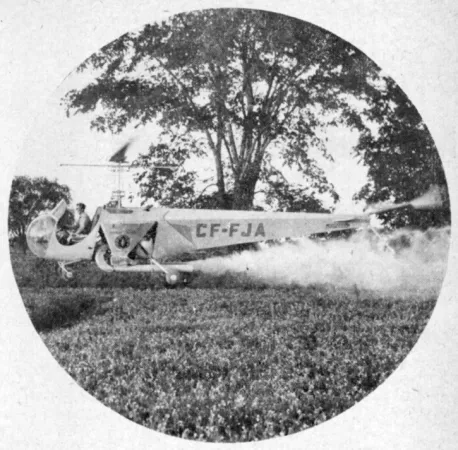

































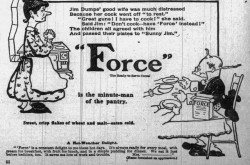
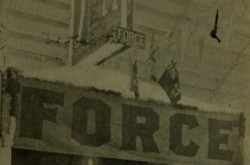
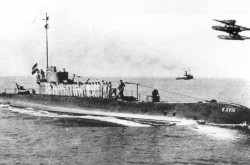
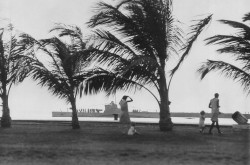
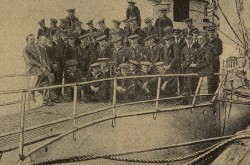
![A block of photographs showing some of the people involved in the bombing of beluga whales in the estuary and gulf of the St. Lawrence River. Anon., “La chasse aux marsouins [sic]. » Le Devoir, 15 August 1929, 6.](/sites/default/files/styles/thumbnail_7/public/2024-09/Le%20Devoir%2015%20aout%201929%20page%206.jpg?h=584f1d27&itok=TppdLItg)
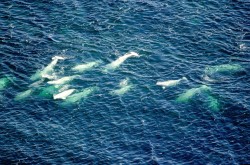
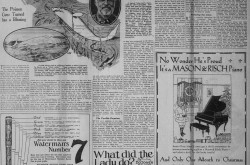

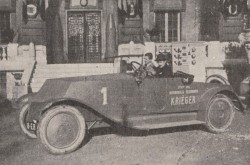
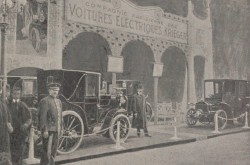
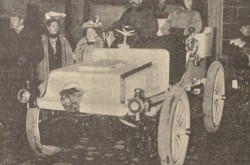
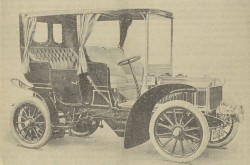

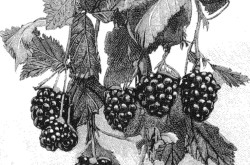
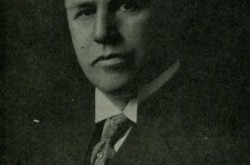
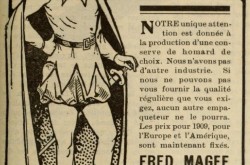
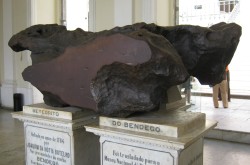
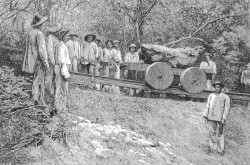
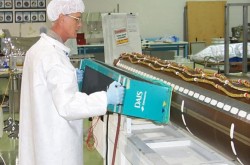

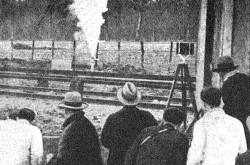
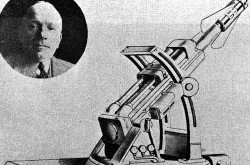
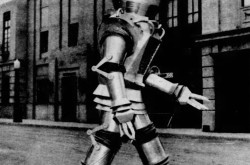

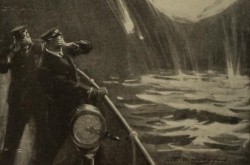
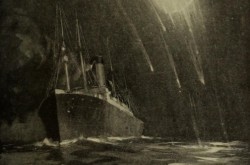
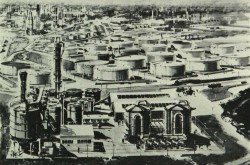

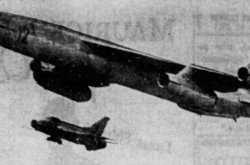
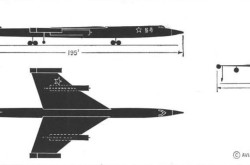
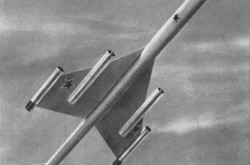
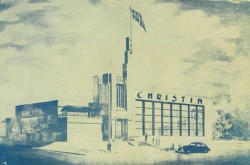
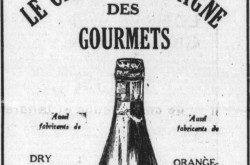
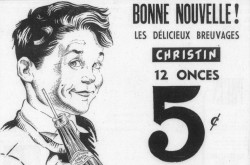
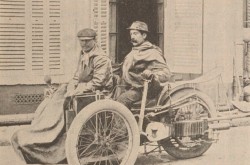
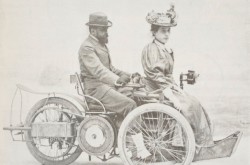
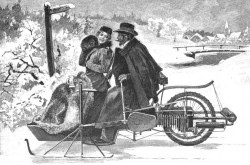
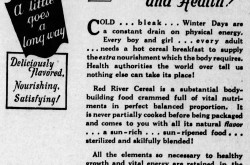

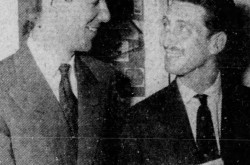
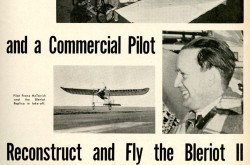
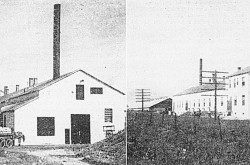
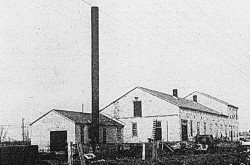



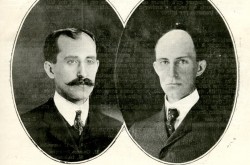

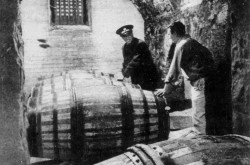
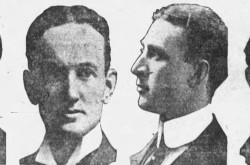
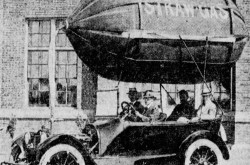
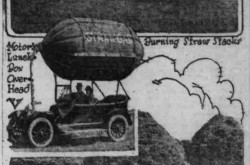
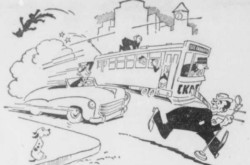

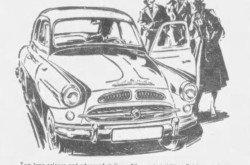
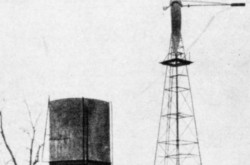
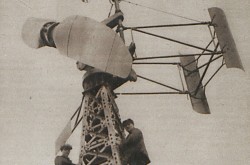
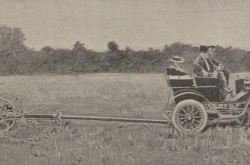

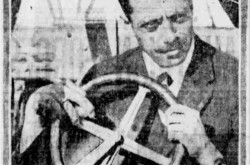
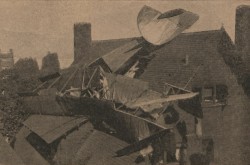
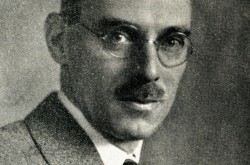
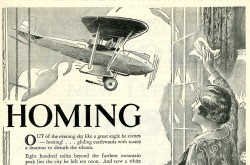
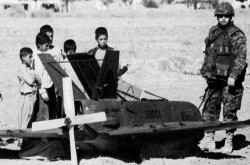
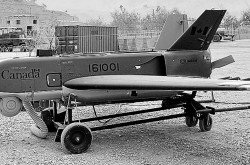
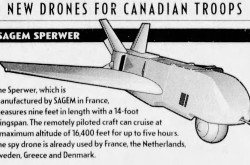
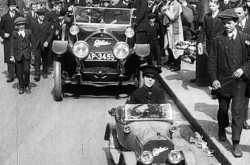
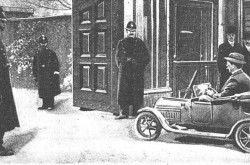
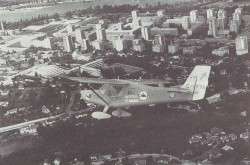
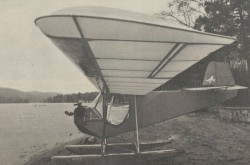

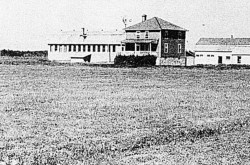
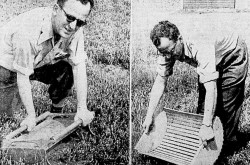
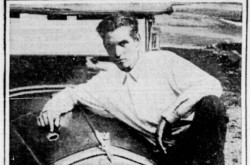
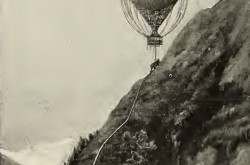
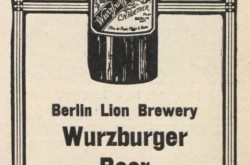

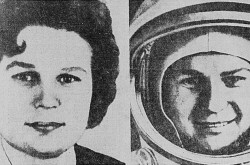
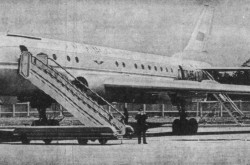
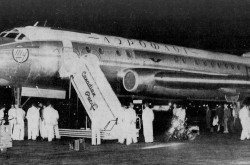
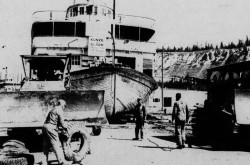
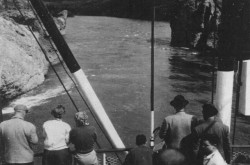
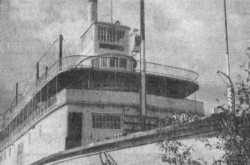
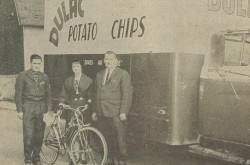
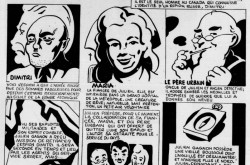
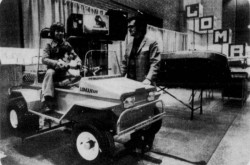
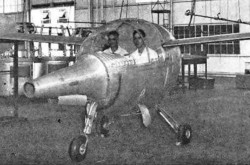
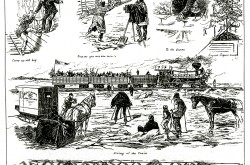
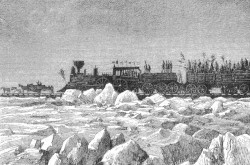
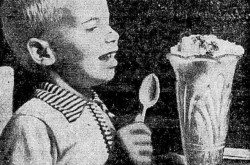
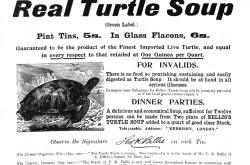
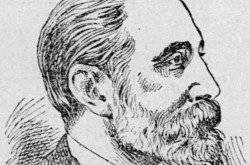
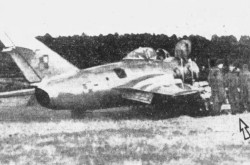
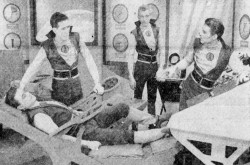
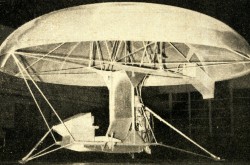
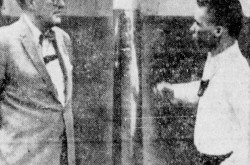
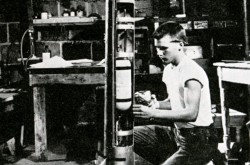
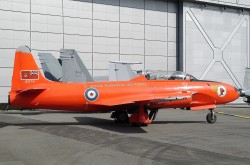
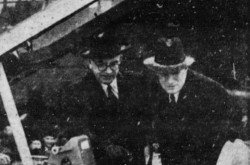
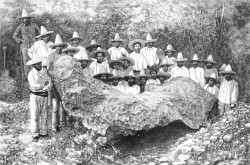
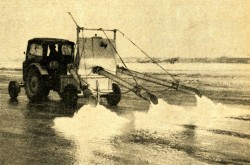
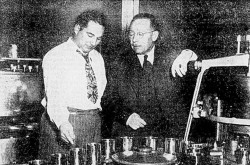
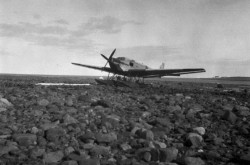
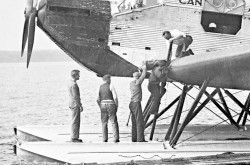
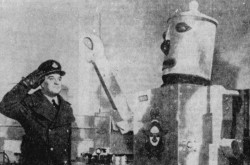
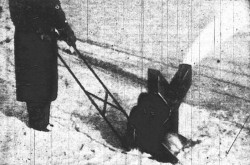
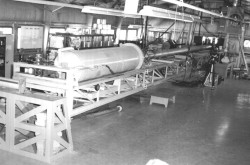
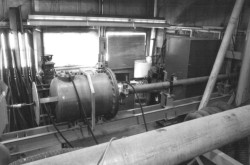
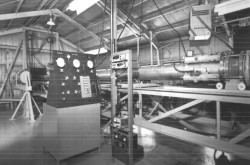
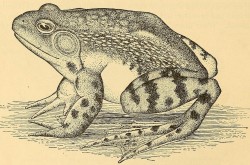
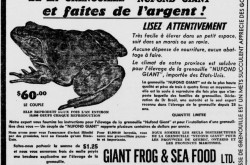
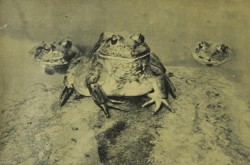
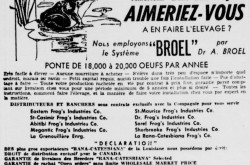
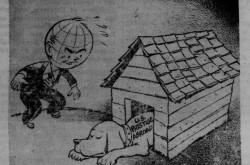
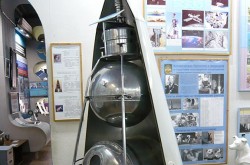
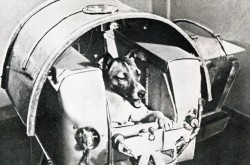
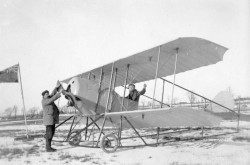
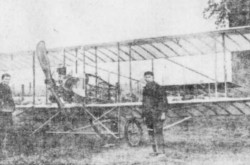
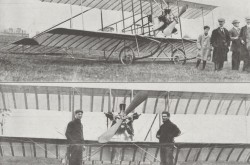
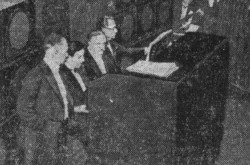
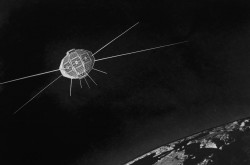
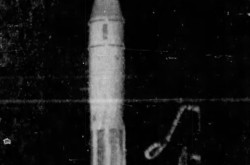
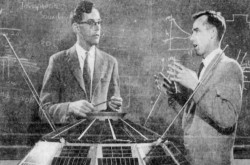
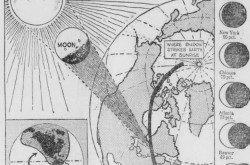



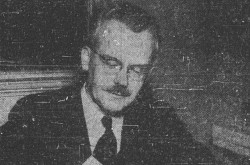
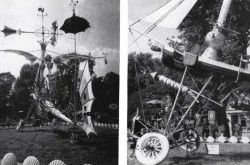
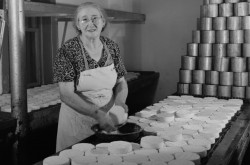
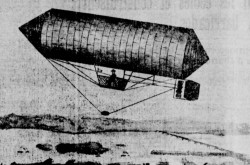
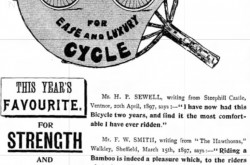
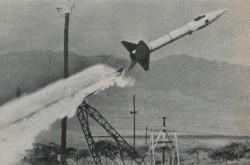
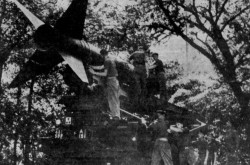
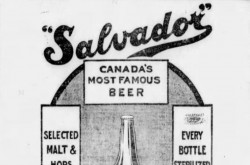

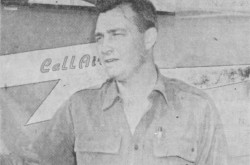
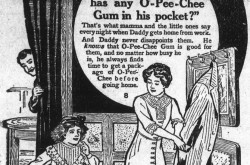
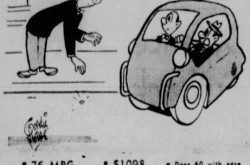
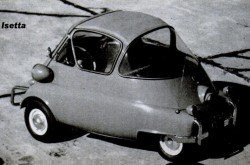
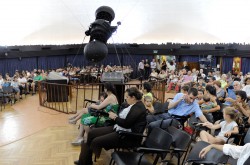
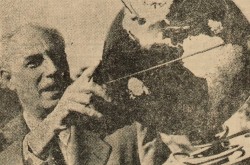
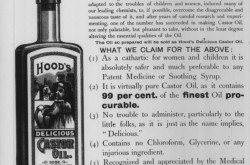
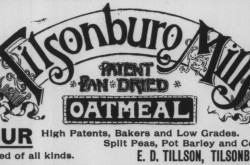
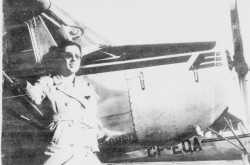
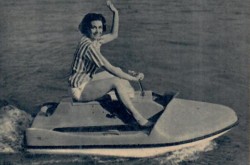

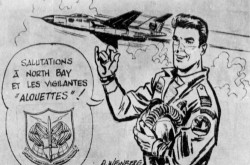
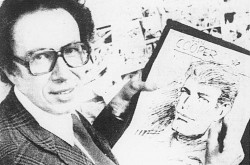
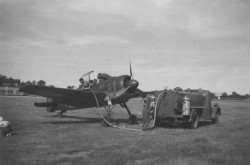

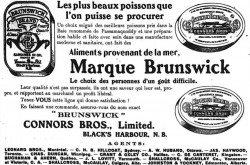


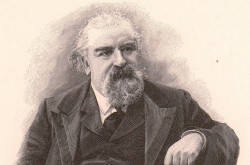
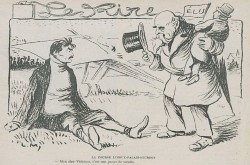
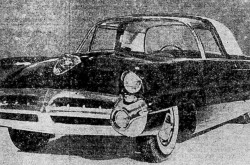
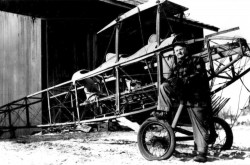
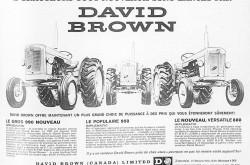
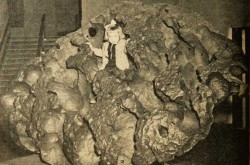
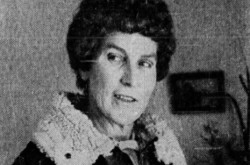
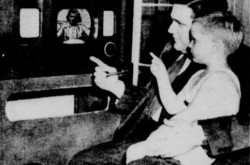
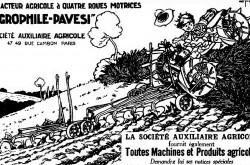
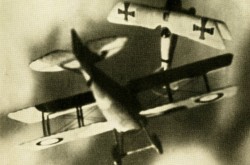
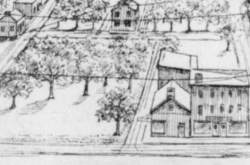
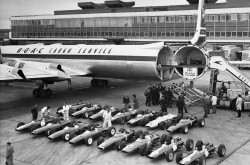
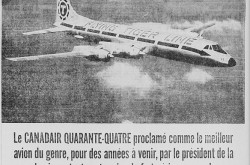
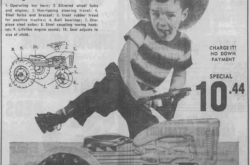
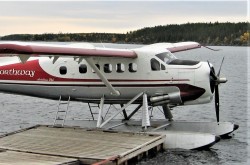
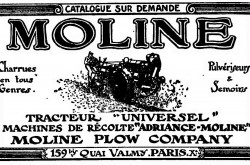
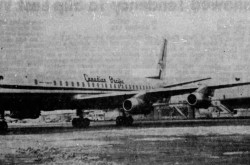
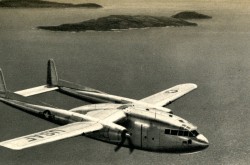
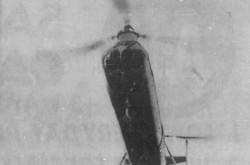

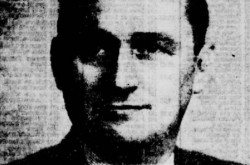
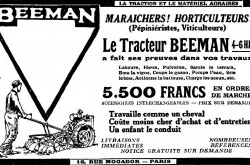
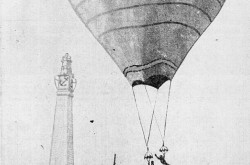

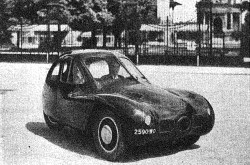
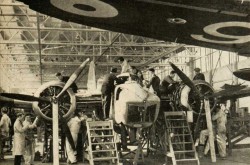
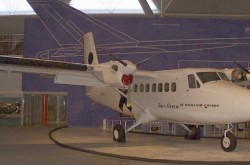
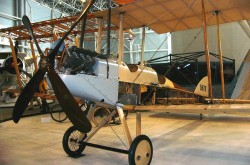
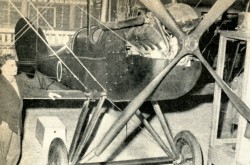

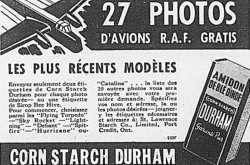

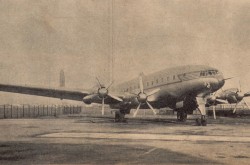
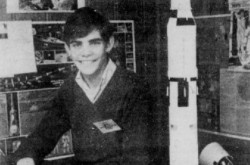
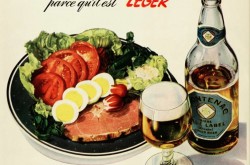
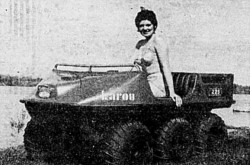
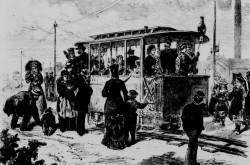
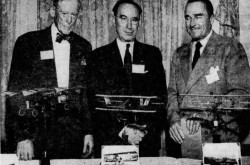
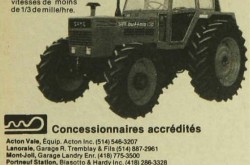
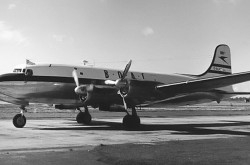
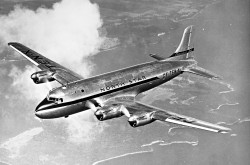
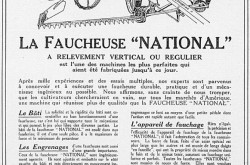
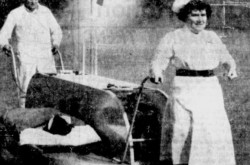
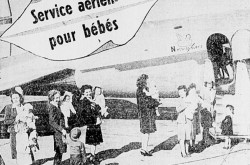
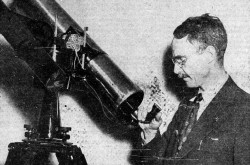
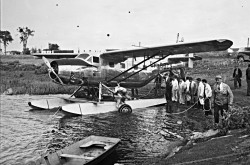
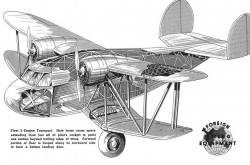
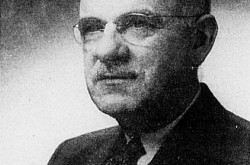
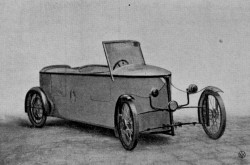
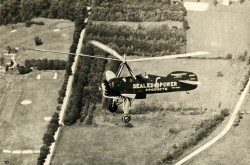
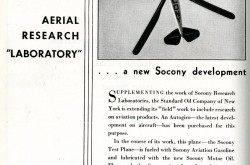
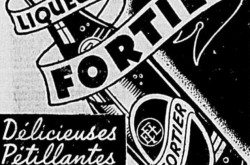
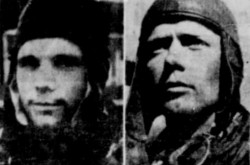
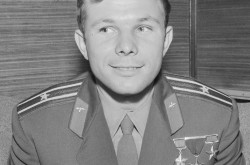
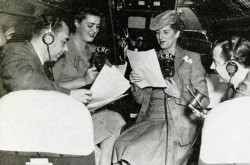
![Peter Müller at the controls [sic] of the Pedroplan, Berlin, Germany, March 1931. Anon., “Cologne contre Marseille – Le mystère du ‘Pédroplan.’ [sic]” Les Ailes, 2 April 1931, 14.](/sites/default/files/styles/thumbnail_7/public/2021-04/Les%20Ailes%202%20avril%201931%20version%20big.jpg?h=eafd0ed4&itok=WnBZ5gMf)
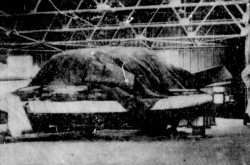
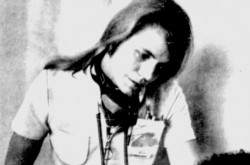
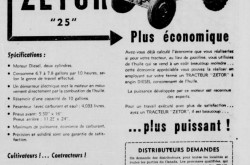
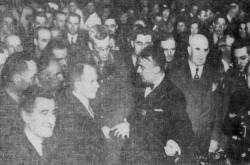
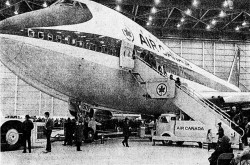
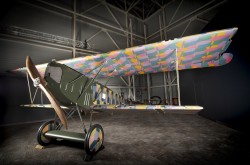
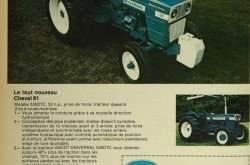
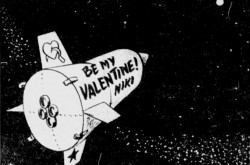
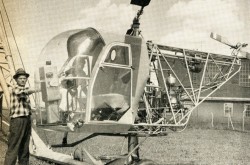

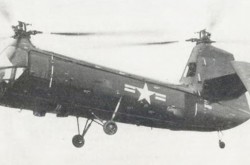
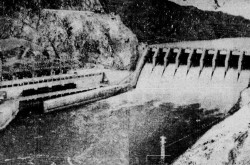
![One of the first de Havilland Canada Chipmunk imported to the United Kingdom. Anon., “De Havilland [Canada] DHC-1 ‘Chipmunk.’” Aviation Magazine, 1 January 1951, cover.](/sites/default/files/styles/thumbnail_7/public/2021-01/Aviation%20magazine%201er%20janvier%201951%20version%202.jpg?h=2f876e0f&itok=DM4JHe5C)
